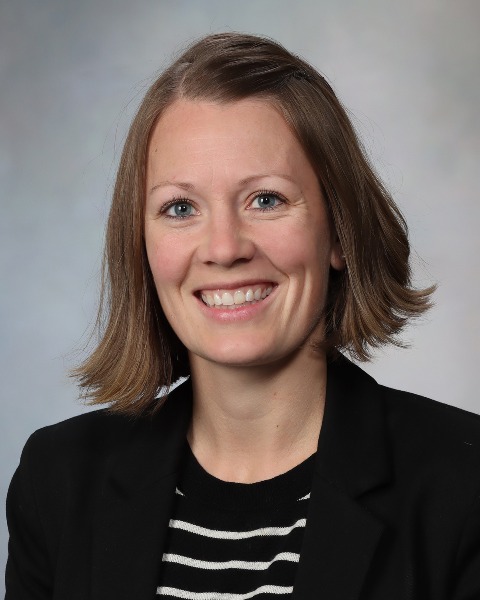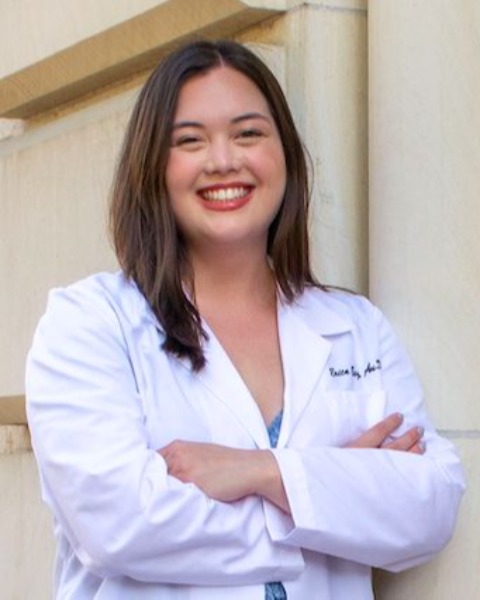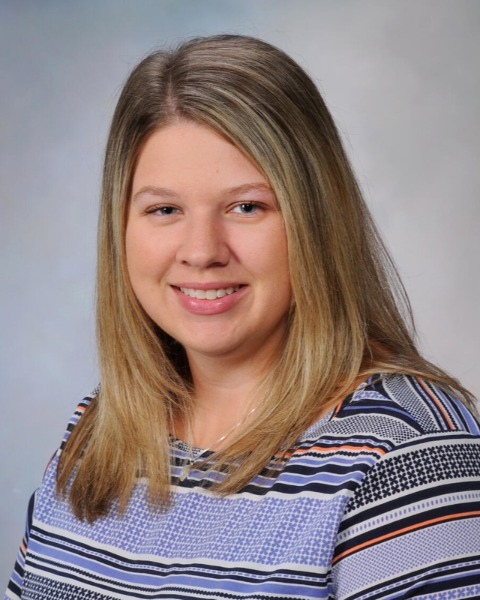Amplification and Assistive Devices (AAD)
PP324 - User Volume Control Differences Across Hearing Aid Manufacturers

Greta Stamper, Aud, PhD
Audiology Chair
Mayo Clinic Florida
Jacksonville, FloridaFinancial Disclosures: I do not have any relevant financial relationships with anything to disclose.
Non-Financial Disclosures: I do not have any relevant non-financial relationships with anything to disclose.
Erica Eng, AuD (she/her/hers)
Audiology Extern
Mayo ClinicFinancial Disclosures: I do not have any relevant financial relationships with anything to disclose.
Non-Financial Disclosures: I do not have any relevant non-financial relationships with anything to disclose.
Courtney C. Luffler, AuD (she/her/hers)
Clinical Audiologist
Mayo Clinic Florida
Jacksonville, FloridaFinancial Disclosures: I do not have any relevant financial relationships with anything to disclose.
Non-Financial Disclosures: I do not have any relevant non-financial relationships with anything to disclose.- DW
David Walker, AuD (he/him/his)
Clinical audiologist
Mayo Clinic
Jacksonville, FloridaFinancial Disclosures: I do not have any relevant financial relationships with anything to disclose.
Non-Financial Disclosures: I do not have any relevant non-financial relationships with anything to disclose.
Presenter(s)
Lead Presenter(s)
Presenter(s)
Summary:
Hearing aid technology has advanced with recent developments and are now capable of connecting to many smart phones via Bluetooth. This gives patients with hearing aids the ability to change their volume in two different ways: through smart app controls and through manual buttons located on the hearing aid. While both methods of volume control exist across the majority of hearing aid manufacturers, the range and interval step sizes of volume control are not standardized across companies. The goal of this study is to evaluate the default range of volume control and the associated step sizes within smart app control and manual volume buttons for three major hearing aid manufacturers.
To obtain this information, premium level hearing aids from three manufacturers will be used. The hearing aids will be programmed for three configurations of sensorineural hearing loss: flat mild, sloping high frequency, and sloping moderate to severe. The Audioscan Verifit 2 Multicurve procedure using speech-shaped noise at an average input level (65 dB SPL) will be assessed in the test box at the following settings: start up volume, maximum volume, minimum volume, muted, and at each interval step. These measurements will be obtained for volume control changes made through the manufacturer’s smart app and those made by manual button control. The volume range between the two methods of volume control will be compared, as well as differences across manufacturers. Multicurves will be measured in dB gain and calculated at the following three frequency bands: Low Band (200-800 Hz), Middle Band (1-3.15 kHz), and High Band (4-12.5 kHz). The amount of amplification output for each hearing aid will be averaged within each frequency band and averaged across three separate trials.
Preliminary findings indicate some manufacturers show at maximum volume the patient’s programmed settings can range by approximately 20 dB from the starting volume. Additionally, in some hearing aids the lowest volume setting was the equivalent of muting the devices. Understanding the range and intervals of volume control is important for hearing healthcare providers as it will yield a better understanding of the user controls that are being provided to patients. This information can be used to set volume limitations based on individual patient needs and to educate patients about the acceptable amount to change the volume. A full review of the volume differences found across the three hearing aid manufacturers will be presented.
Learning Objectives:
- Upon completion, participants will be able to set volume limitations based on individual patient needs and educate patients about the acceptable amount to change the volume.
